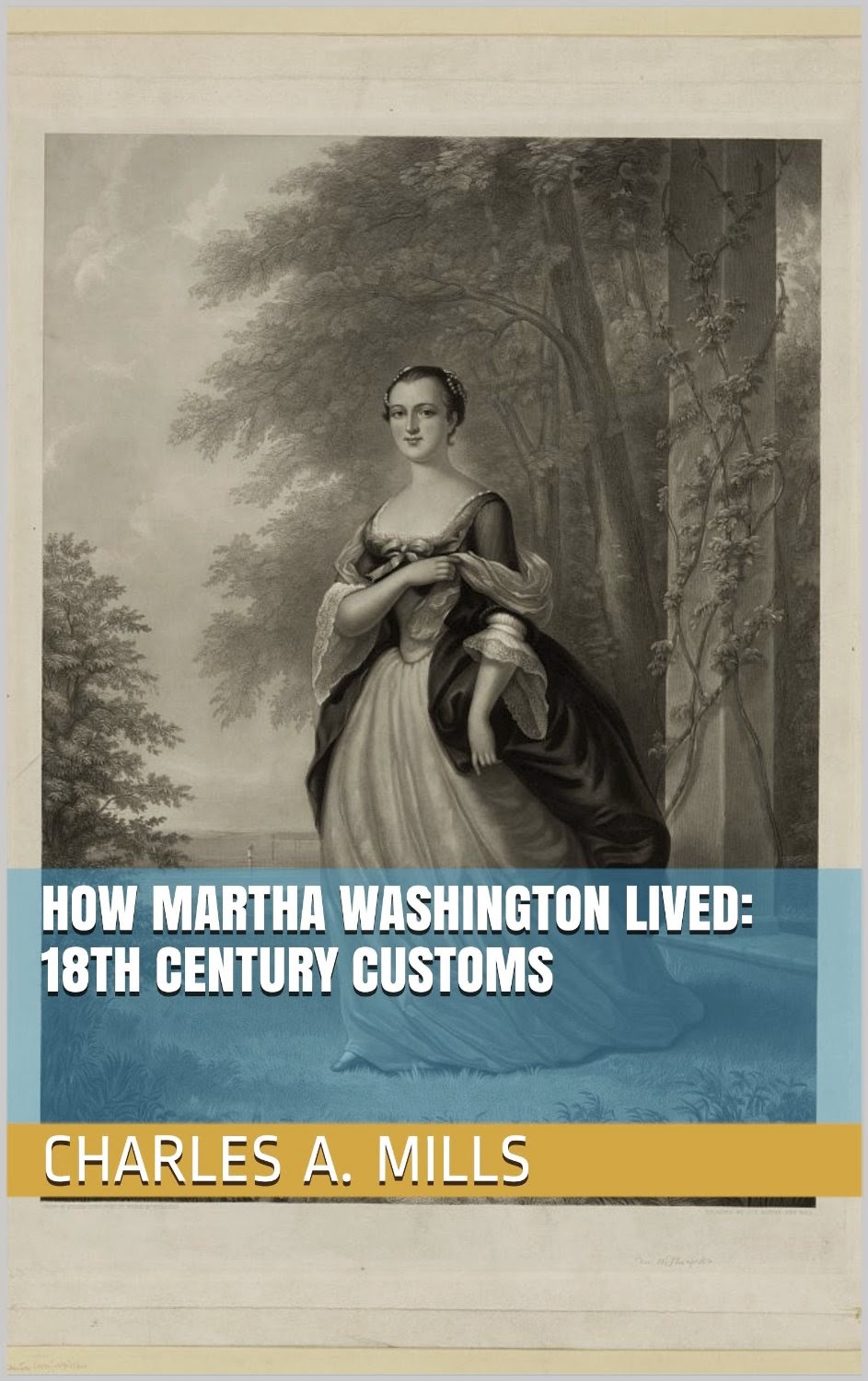After World War I the British Empire was at the height of its world wide power. The rivalry between the United States and Great Britain during the 1920s and 1930s over who would control the world’s oil supply led American strategic planners to envision the day when America might be at war with Great Britain. War Plan Red ("Joint Army and Navy Basic War Plan -- Red"), formulated and approved in 1930 and declassified in 1974, set out America’s plan to eliminate Great Britain as a significant economic rival. Most of America’s plans revolved around the annexation of Canada and the islands of Jamaica, Barbados and Bermuda. These were American imperial dreams dating to the time of the American Revolution, when American forces were repulsed in their attempt to conquer Canada. American attempts to annex Canada during the War of 1812 were similarly repulsed.
Plan Red contemplated the immediate seizure of Halifax to deny the British an Atlantic port from which they could reinforce Canada. U.S. forces would then launch a three pronged attack, (1) an attack from Vermont to take Montreal and Quebec, (2) an attack from North Dakota to seize the strategic rail center at Winnipeg, splitting the country, and (3) an attack launched against the province of Ontario from Detroit and Buffalo. Mopping up on the West Coast was to include the seizure of Vancouver and Victoria.
Canada, not unaware of America’s historical aggressive designs had earlier developed “Defence Scheme No. 1” which, in the event of hostilities, called for flying columns to quickly enter American territory. These small mobile forces were to capture such cities as Seattle, Minneapolis and Albany, and then fall back in a scorched earth retreat that would slow down the invading Americans, giving Great Britain time to re-enforce Canada.
The Invasion of Canada 1933
Sticking as closely as possible to the real history of the period, making no radical leaps in terms of behavior, logic, or technology, the author paints a stunning picture of how the history of the world could have been radically different.
Plan Red contemplated the immediate seizure of Halifax to deny the British an Atlantic port from which they could reinforce Canada. U.S. forces would then launch a three pronged attack, (1) an attack from Vermont to take Montreal and Quebec, (2) an attack from North Dakota to seize the strategic rail center at Winnipeg, splitting the country, and (3) an attack launched against the province of Ontario from Detroit and Buffalo. Mopping up on the West Coast was to include the seizure of Vancouver and Victoria.
Canada, not unaware of America’s historical aggressive designs had earlier developed “Defence Scheme No. 1” which, in the event of hostilities, called for flying columns to quickly enter American territory. These small mobile forces were to capture such cities as Seattle, Minneapolis and Albany, and then fall back in a scorched earth retreat that would slow down the invading Americans, giving Great Britain time to re-enforce Canada.
The Invasion of Canada 1933
Sticking as closely as possible to the real history of the period, making no radical leaps in terms of behavior, logic, or technology, the author paints a stunning picture of how the history of the world could have been radically different.













